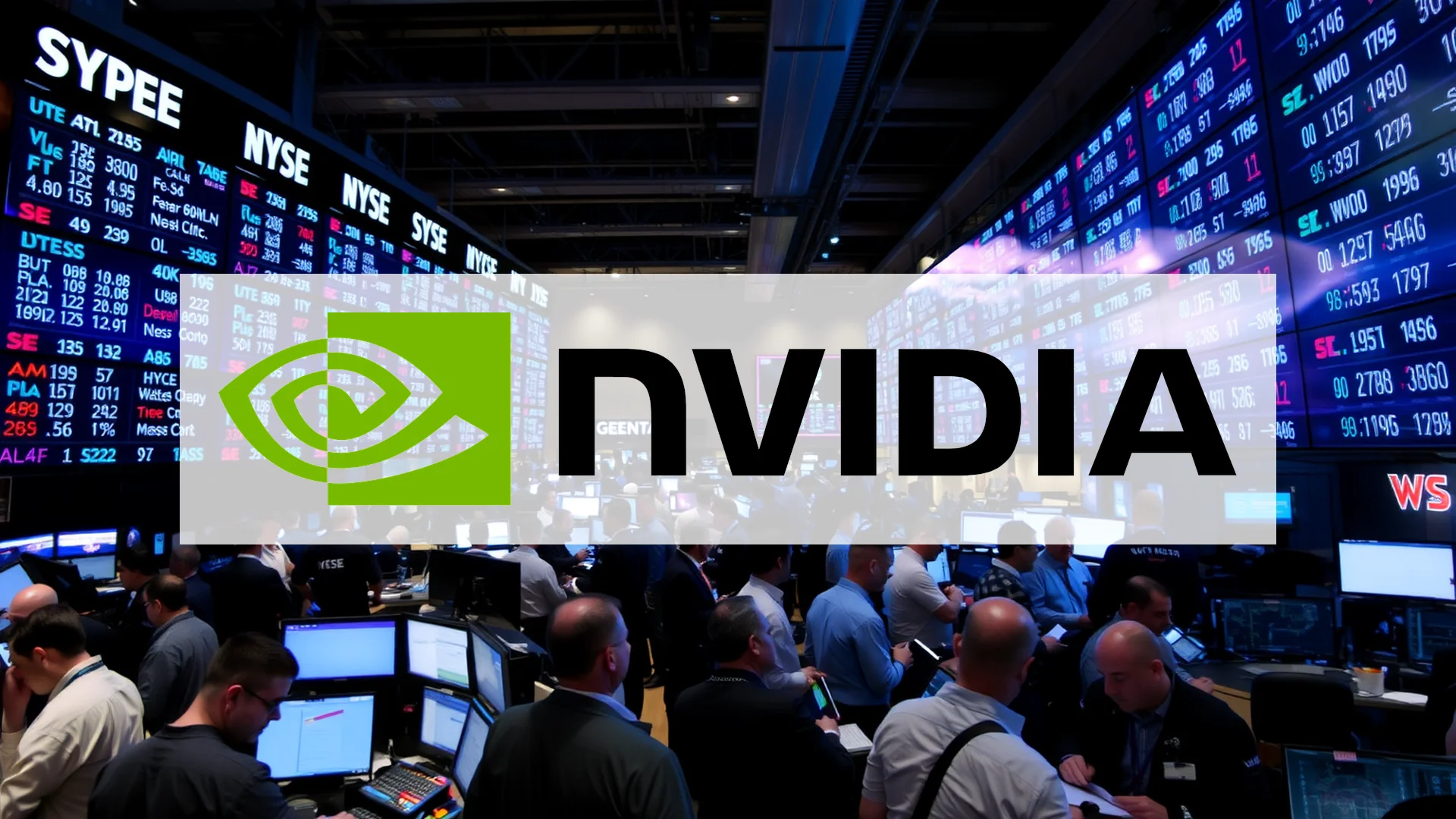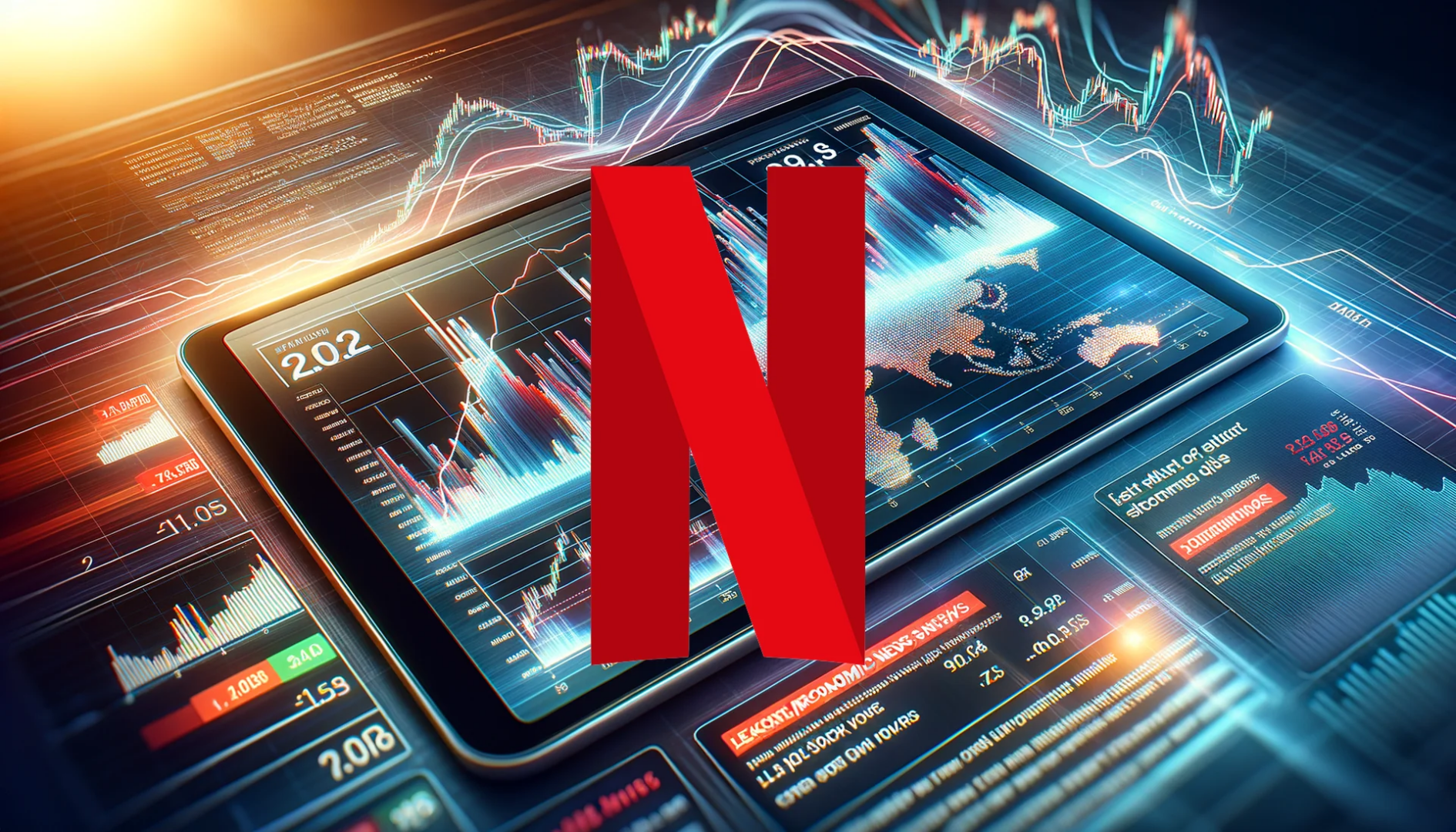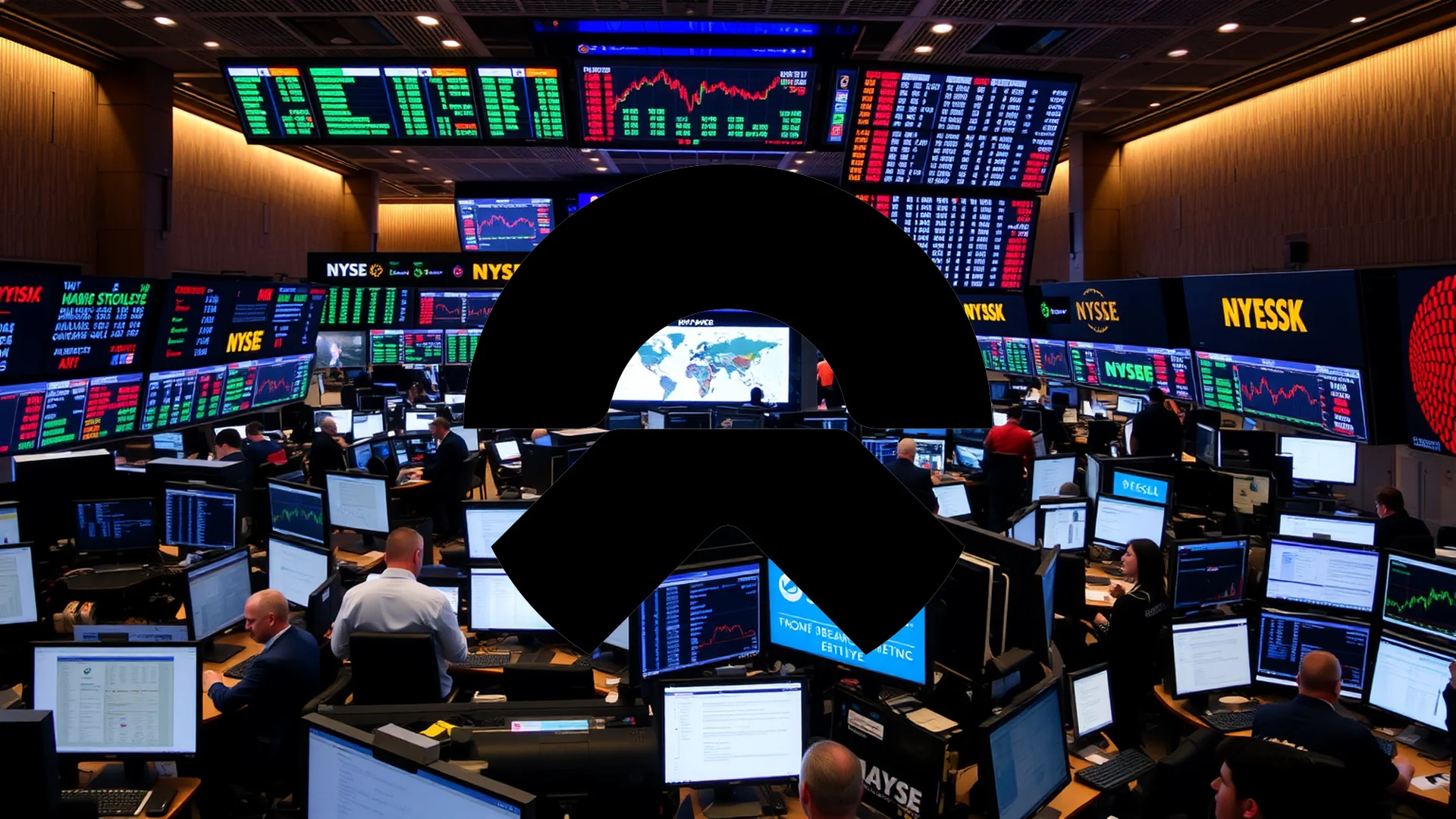In late August, the AI chipmaking titan Nvidia unveiled a set of spectacular quarterly results that nonetheless left market participants wanting more. The company posted a record $46.7 billion in revenue, driven by formidable growth in its critical data center division. However, investor reaction was muted, overshadowed by the revelation that U.S. sanctions on China resulted in a staggering $8 billion in lost sales. This development raises a pivotal question: can the tech behemoth maintain its dominance in the face of mounting geopolitical challenges?
Unwavering Demand Fuels Data Center Dominance
The core engine of Nvidia’s performance remains its data center business, which generated an astounding $41.1 billion in revenue for its fiscal second quarter of 2025. This figure represents a massive 56% surge compared to the same period last year. The company’s technological leadership in the booming AI market was further cemented by its new Blackwell chip architecture, which itself delivered a solid 17% sequential growth.
Underpinning this robust performance, Nvidia’s gross margins held steady at an impressive 72.4%, highlighting the firm’s exceptional pricing power.
China Export Restrictions Curtail Growth Trajectory
The quarter’s standout blemish was the complete halt of H20 chip sales to Chinese customers, contrary to prior expectations. These stringent export controls are estimated to have cost the company approximately $8 billion in potential revenue.
During the earnings commentary, Chief Financial Officer Colette Kress noted that shipments of the H20 chip could generate between $2 billion and $5 billion should restrictions be eased. However, in a clear sign of persistent uncertainty, this potential revenue was deliberately excluded from the company’s third-quarter guidance.
Upbeat Forecast Surpasses Analyst Estimates
Despite the significant headwind from China, Nvidia’s forward outlook remains decidedly optimistic. For the upcoming third quarter, the corporation is targeting revenue of approximately $54 billion, plus or minus 2%. This projection handily exceeds analyst consensus estimates, which had pegged revenue at $53.1 billion.
Should investors sell immediately? Or is it worth buying Nvidia?
Management also provided strong margin guidance, forecasting Q3 gross margins of 73.5%. For the full fiscal year, the company anticipates margins will land in the mid-70% range. These forecasts signal that demand for AI infrastructure continues to vastly outweigh the company’s current operational challenges.
Tepid Market Response Highlights Lofty Expectations
In a paradoxical turn, Nvidia’s stock dipped in after-hours trading even though the company surpassed virtually every key performance metric. The primary cause for the cautious investor sentiment was the data center revenue. While enormous at $41.1 billion, it narrowly missed the consensus forecast of $41.34 billion. This marks the second consecutive quarter where results in this crucial segment have slightly disappointed the market.
The subsequent stock volatility of around 6% translates to a potential market capitalization swing of $260 billion, demonstrating the colossal expectations built into Nvidia’s valuation.
Long-Term Vision Focused on Sustained AI Expansion
Looking beyond immediate quarters, Nvidia’s leadership is focused on a much larger prize. Company management anticipates global investment in AI infrastructure will reach a staggering $3 to $4 trillion by the year 2030. In a show of confidence, the board of directors authorized an additional $60 billion for stock repurchases, bringing the total available for buybacks to $74.7 billion.
The central challenge for Nvidia is whether it can defend its commanding market position. This effort will play out against a backdrop of Chinese competitors developing alternative solutions and major customers beginning to design their own proprietary chips.
Ad
Nvidia Stock: Buy or Sell?! New Nvidia Analysis from December 3 delivers the answer:
The latest Nvidia figures speak for themselves: Urgent action needed for Nvidia investors. Is it worth buying or should you sell? Find out what to do now in the current free analysis from December 3.
Nvidia: Buy or sell? Read more here...











